Millions of people take statins every year to lower their cholesterol and protect their heart. But for a lot of them, the side effect that stops them is something simple yet deeply annoying: muscle aches. You start the pill, feel fine at first, then weeks later your legs feel heavy, your thighs throb, or your calves cramp when you walk. It’s not a heart attack. It’s not a stroke. But it’s enough to make you want to quit.
Is It Really the Statin?
The first question you need to ask isn’t "How do I fix this?" - it’s "Is this even caused by the statin?" Because the answer might surprise you. Clinical trials show only about 5% of people on statins get real muscle damage linked to the drug. But in real life, up to 30% of patients say they have muscle pain. Why the big gap? Turns out, expectations matter a lot. A 2017 study in The Lancet gave two groups the same pill - one group was told muscle pain was a common side effect, the other wasn’t. The group that knew about the risk reported muscle pain at nearly double the rate. That’s called the nocebo effect - when you expect something bad to happen, your brain starts to feel it, even if the drug isn’t the cause. And here’s the kicker: in blinded rechallenge studies, where patients don’t know if they’re taking the statin or a sugar pill, only 20-25% of people who blame their muscle pain on statins actually get symptoms back when they restart the real drug. That means for most people, the pain isn’t from the statin at all. It’s from aging, inactivity, another medication, or even just stress.What Does Real Statin Muscle Pain Look Like?
If it is the statin, here’s what you’ll typically feel:- Pain or weakness on both sides of your body - not just one leg or shoulder
- Feels like constant soreness, not a sharp cramp
- Most common in thighs, hips, shoulders, or calves
- Starts within the first few months of starting or increasing the dose
- Gets worse with activity, doesn’t improve with rest
Who’s More Likely to Get Muscle Pain?
Some people are more vulnerable. Risk goes up if you:- Are over 80 years old
- Are a woman, especially with a smaller body frame (under 100 lbs)
- Have thyroid problems - untreated hypothyroidism doubles your risk
- Have kidney or liver disease
- Take other meds like fibrates, cyclosporine, or certain antibiotics (like erythromycin)
- Are on a high-dose statin (atorvastatin 40-80 mg or rosuvastatin 20-40 mg)
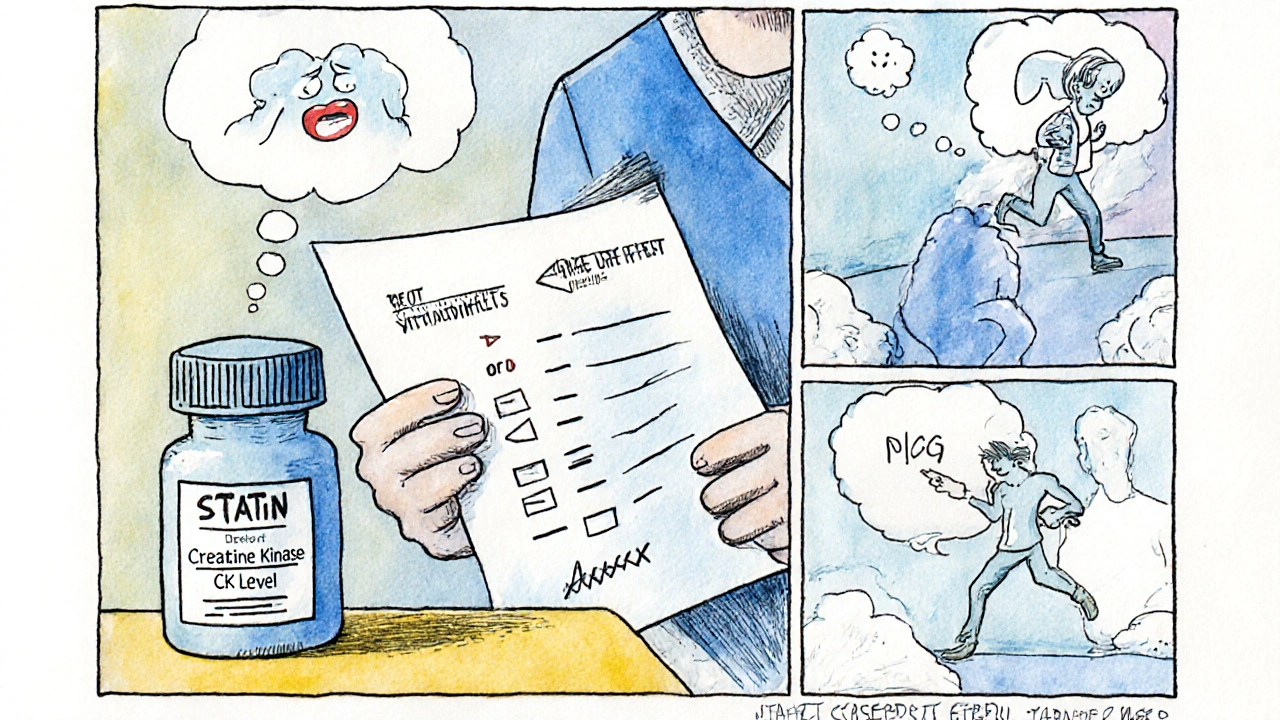
What Should You Do If You Have Muscle Pain?
Don’t just quit. Stopping statins without talking to your doctor can raise your risk of a heart attack or stroke by 25-50% over the next two years. Here’s the right way to handle it:- Don’t stop cold. Call your doctor. Tell them exactly where the pain is, how long it’s lasted, and if it’s worse after activity.
- Get a blood test. Your doctor will check your creatine kinase (CK) levels. If it’s more than 10 times the normal upper limit (over 1,900 U/L), you likely have muscle damage and need to stop the statin.
- Take a break. If CK is normal or only slightly high, your doctor may ask you to stop the statin for 4-6 weeks. If your pain goes away, that’s a clue it’s related.
- Try it again - carefully. After the break, restart at a lower dose or switch to a different statin. Pravastatin and fluvastatin are the least likely to cause muscle issues. If the pain comes back, it’s probably the statin.
- Consider alternatives. If you truly can’t tolerate any statin, your doctor might suggest ezetimibe (a pill that blocks cholesterol absorption) or a PCSK9 inhibitor (injection). But these cost $5,000 a year - compared to $4-$30 for generic statins.
What About CoQ10?
You’ve probably heard that taking Coenzyme Q10 helps with statin muscle pain. It sounds logical - statins lower CoQ10, and CoQ10 helps muscles work. But science doesn’t back it up strongly. A 2015 review of 12 studies found no real benefit over placebo. A 2018 study showed 30% of people felt better, but that was in just 45% of users - and the study had small numbers. It’s not harmful to try, but don’t expect miracles. If you do, take 100-200 mg daily and give it at least 4 weeks.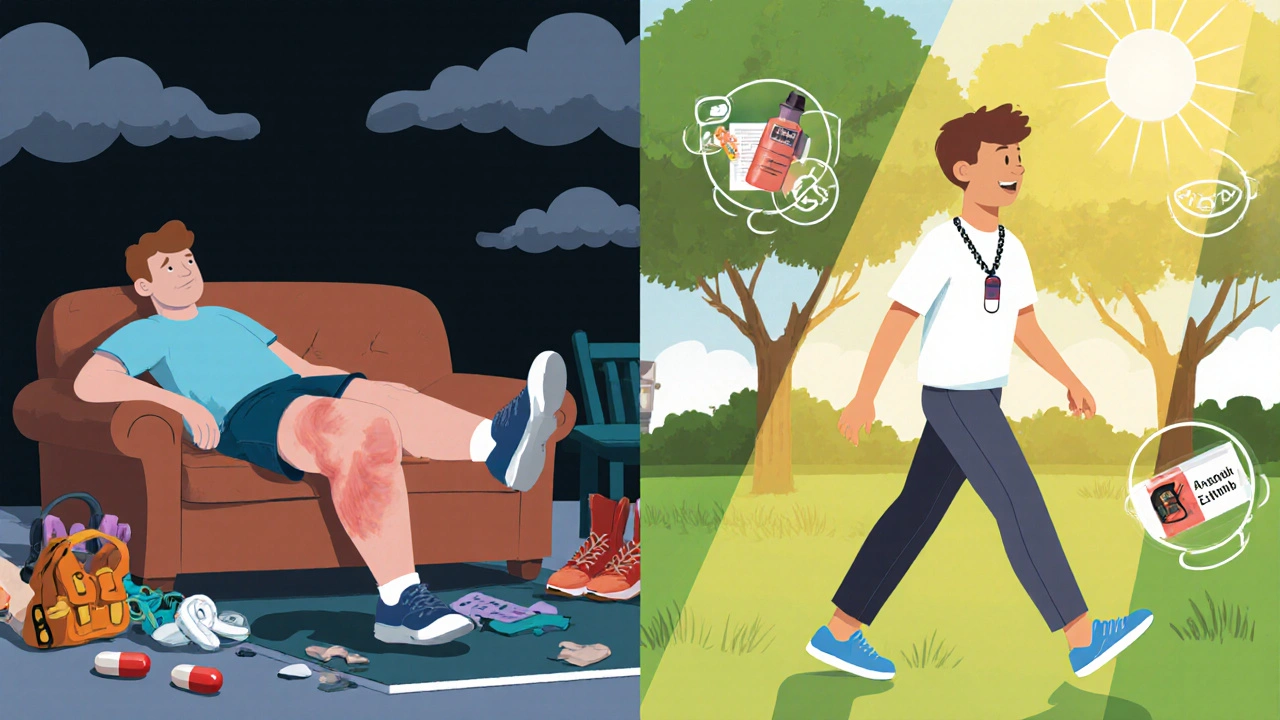
What If You Can’t Tolerate Any Statin?
You’re not alone. About 45% of people stop statins within a year, mostly because of muscle pain. But here’s the truth: most of those people could have stayed on them if they’d gotten the right support. If you’ve tried multiple statins and still have pain, your doctor might:- Switch you to a lower-intensity statin (like simvastatin 20 mg instead of atorvastatin 40 mg)
- Try alternate-day dosing - the 2023 STRENGTH trial showed this cuts muscle pain by 40% without losing heart protection
- Add ezetimibe - it lowers LDL by 15-20% and works well with low-dose statins
- Consider non-pill options like PCSK9 inhibitors if your risk is high and you’ve tried everything else
How to Stay on Track
The American College of Cardiology says that with the right approach - education, testing, and personalized dosing - 80-90% of people who report muscle pain can stay on statins long-term. That’s not magic. It’s smart care. Talk to your doctor like a partner. Bring your symptoms, your fears, and your questions. Don’t let fear of pain keep you from the biggest heart protection tool we have.Statins save lives. Muscle aches are usually manageable. You don’t have to choose between them.
Can statins cause permanent muscle damage?
In almost all cases, no. Muscle pain from statins is temporary and reverses once you stop the medication or switch to a different one. The only exception is rhabdomyolysis, which is extremely rare (less than 1 in 10,000 users). Even then, if caught early and treated, muscle function usually returns fully. There’s no evidence statins cause lasting muscle injury in typical cases of myalgia.
Why do some people get muscle pain and others don’t?
It’s a mix of biology and behavior. Genetics play a role - some people have variations in liver enzymes that affect how statins are processed. Age, body size, and other health conditions like thyroid disease or kidney problems increase risk. But psychology matters too. People who expect side effects are more likely to notice and report them, even if the drug isn’t the cause. That’s why patient education is so important.
Should I stop statins if my muscles ache after a few days?
Not immediately. Muscle pain from statins usually takes weeks to develop, not days. If you feel sore right away, it’s more likely from a new workout, dehydration, or another cause. Give it 2-4 weeks. If the pain grows worse or spreads, then talk to your doctor. Don’t assume it’s the statin - get tested first.
Is it safe to take statins every other day?
Yes, for many people. The STRENGTH trial in 2023 showed that taking statins every other day reduces muscle pain by about 40% while still lowering LDL cholesterol by 80-85% compared to daily dosing. This approach works best with longer-acting statins like atorvastatin or rosuvastatin. Always do this under medical supervision - don’t self-adjust your dose.
Can I use over-the-counter painkillers for statin muscle pain?
Acetaminophen (Tylenol) is generally safe for mild discomfort. Avoid NSAIDs like ibuprofen or naproxen unless your doctor says yes - they can stress your kidneys, especially if you already have risk factors. But painkillers don’t fix the root problem. They just mask it. The goal is to find a statin you can tolerate, not to rely on pain meds long-term.
Do statins cause muscle loss?
No, statins don’t cause muscle wasting. What they can cause is temporary pain or weakness that makes you less active - and that can lead to muscle loss from disuse. If you’re avoiding walking or exercise because of soreness, you’re losing strength from inactivity, not from the drug itself. Staying active, even gently, helps preserve muscle even if you’re on a statin.
What’s the best statin for people with muscle pain?
Pravastatin and fluvastatin have the lowest rates of muscle-related side effects based on large studies like SEARCH. They’re also less likely to interact with other medications. Rosuvastatin and atorvastatin are more potent but carry higher muscle risk. If you’ve had pain with one statin, switching to pravastatin 20-40 mg is often the first smart move.
How long does it take for muscle pain to go away after stopping statins?
Most people notice improvement within 1-2 weeks. Full recovery usually takes 4-6 weeks. If pain persists beyond 8 weeks after stopping, the cause is likely something else - like arthritis, nerve issues, or vitamin D deficiency. Get it checked out.
What Comes Next?
If you’re dealing with muscle pain from a statin, you’re not failing. You’re not weak. You’re just one step away from a solution that works for you. Talk to your doctor. Get tested. Try a different statin. Adjust the dose. Explore alternatives. Don’t give up on your heart health.The goal isn’t to live without any discomfort. It’s to live without the fear of a heart attack - and that’s still possible, even if statins gave you sore legs.

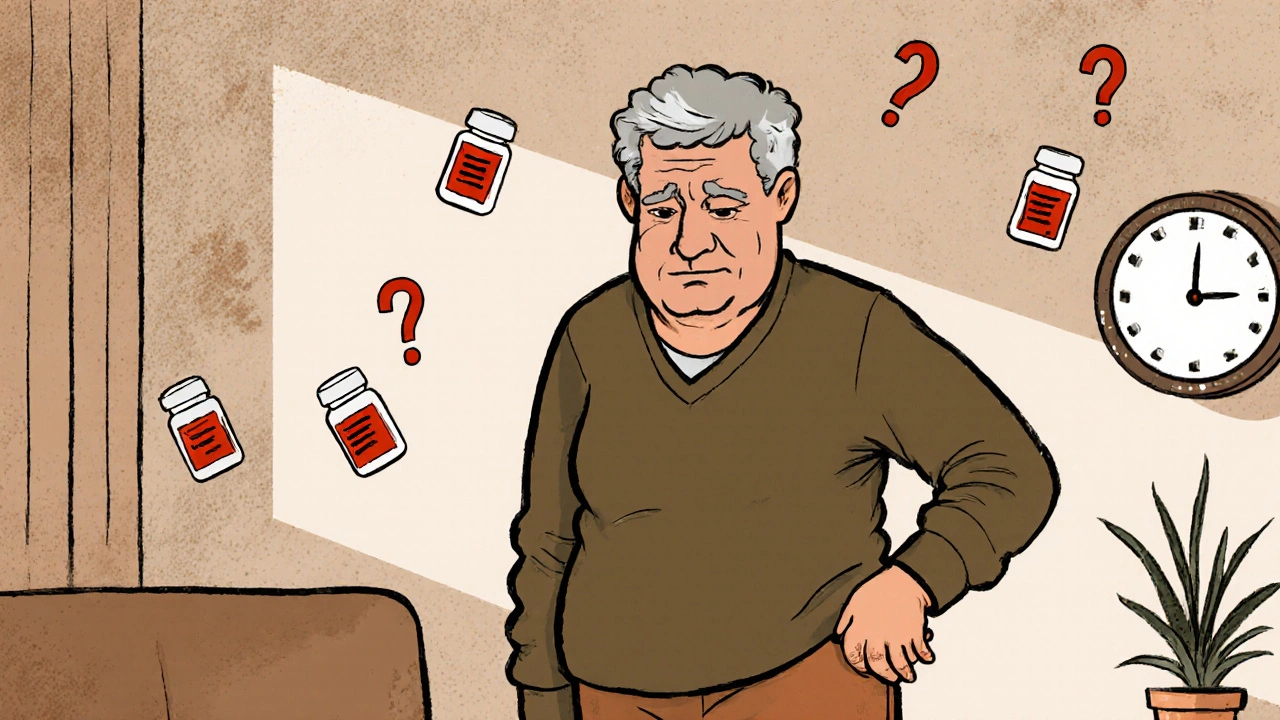
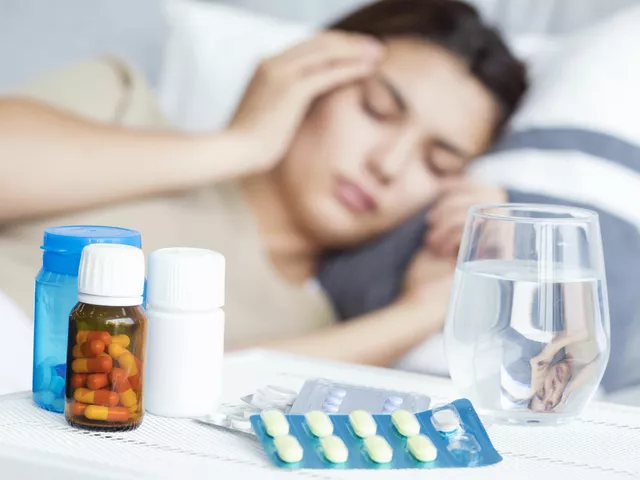
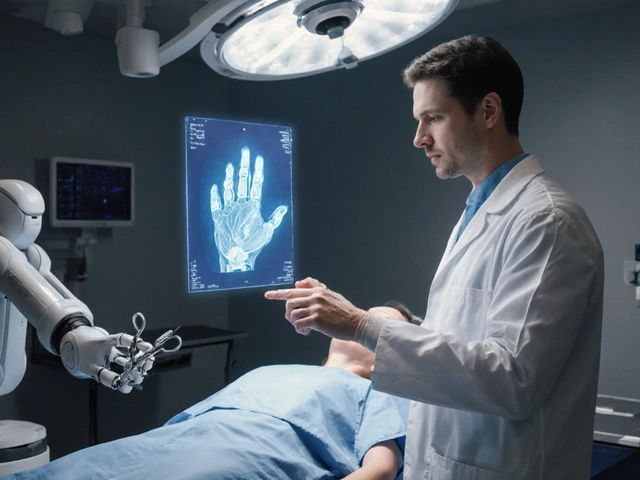
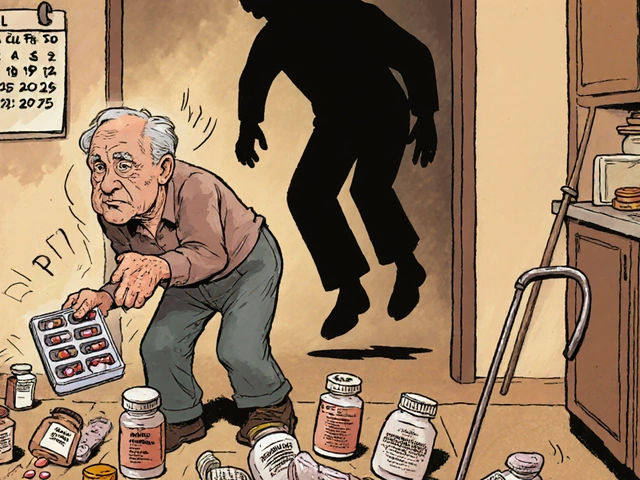
Bobby Marshall
Man, I wish I’d read this 3 years ago. I quit my statin because my legs felt like lead after walking the dog, thought it was the pill. Turned out I was dehydrated, had low vitamin D, and was freaking out because my neighbor said her husband ‘got ruined by statins.’ Turned out he had rhabdo from mixing statins with grapefruit juice and antibiotics - total outlier. I restarted on pravastatin, cut back to every other day, and now I hike 5 miles weekly. Statins didn’t break me - my fear did.
Cori Azbill
LOL so now the pharma giants want us to believe muscle pain is ‘all in our heads’? 😏 Next they’ll say cancer is just bad vibes. The nocebo effect? Sure, whatever helps you sleep at night while your arteries turn to cement. My uncle died of a heart attack at 58 after ‘listening to his body’ and quitting statins. He didn’t have pain - he had denial. 🤡
Aneesh M Joseph
nah bro statins are just poison. they make you weak. period. no science needed. i know people who took it and now they can’t lift their arms. end of story. 🤷♂️
Deon Mangan
So let me get this straight - the same drug that prevents heart attacks is also magically causing muscle pain in 30% of people... but only when they *know* it might? 🤔 Meanwhile, my doctor says ‘take it’ and my wife says ‘you look tired’ and I’m just here wondering if my calves are rebelling or if I just need to stop chasing toddlers all day. Either way - thanks for the clarity. Now I’ll just take my 100mg CoQ10 and pretend I’m a biohacker. 💪
Ardith Franklin
They’re lying. Statins are designed to make you dependent. Look at the patents - they’re all owned by the same 3 corporations that also own the labs that ‘prove’ they’re safe. Muscle pain? That’s just the body screaming. They don’t want you to know that the ‘low-dose’ option is just a placebo with a brand name. And CoQ10? They don’t sell it - so they pretend it doesn’t work. 🕵️♀️
Vinicha Yustisie Rani
In India, many elderly take statins without any issue. But they also walk 5 km daily, eat mostly lentils and vegetables, and don’t sit for 12 hours straight. Maybe the problem isn’t the pill - it’s the way we live now. We expect medicine to fix everything while we keep eating chips and scrolling. The statin isn’t the enemy. Our lifestyle is. 🙏
Jenny Kohinski
I’ve been on atorvastatin for 5 years and had zero pain until last winter. I started yoga, cut sugar, and drank more water - and the soreness vanished. I think it’s not just the drug, it’s the combo. My doctor said the same thing - it’s rarely just one thing. I’m grateful we have options now. ❤️
Paul Orozco
It is unfortunate that the medical establishment continues to propagate the notion that muscle pain is primarily psychosomatic. This attitude is not only dismissive of patient experience, but it also undermines the fundamental principle of informed consent. If a patient is informed of a potential side effect, it is ethically irresponsible to then attribute their reported symptoms to expectation rather than pharmacology. The data may suggest a nocebo effect, but the human cost is real - and should not be minimized.
Sharron Heath
Thank you for writing this with such nuance. I’ve seen too many patients quit statins out of fear, then end up in the ER with a blocked artery. The key isn’t just ‘don’t stop’ - it’s ‘don’t stop without a plan.’ I’m glad the article emphasized testing, alternatives, and patience. We need more of this kind of balanced, science-backed guidance - not fear, not hype. You’ve given people real tools, not just warnings.